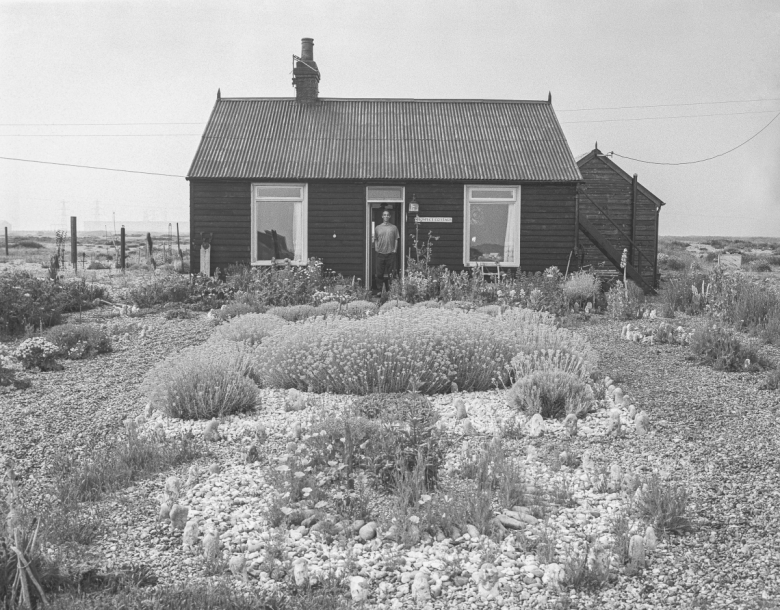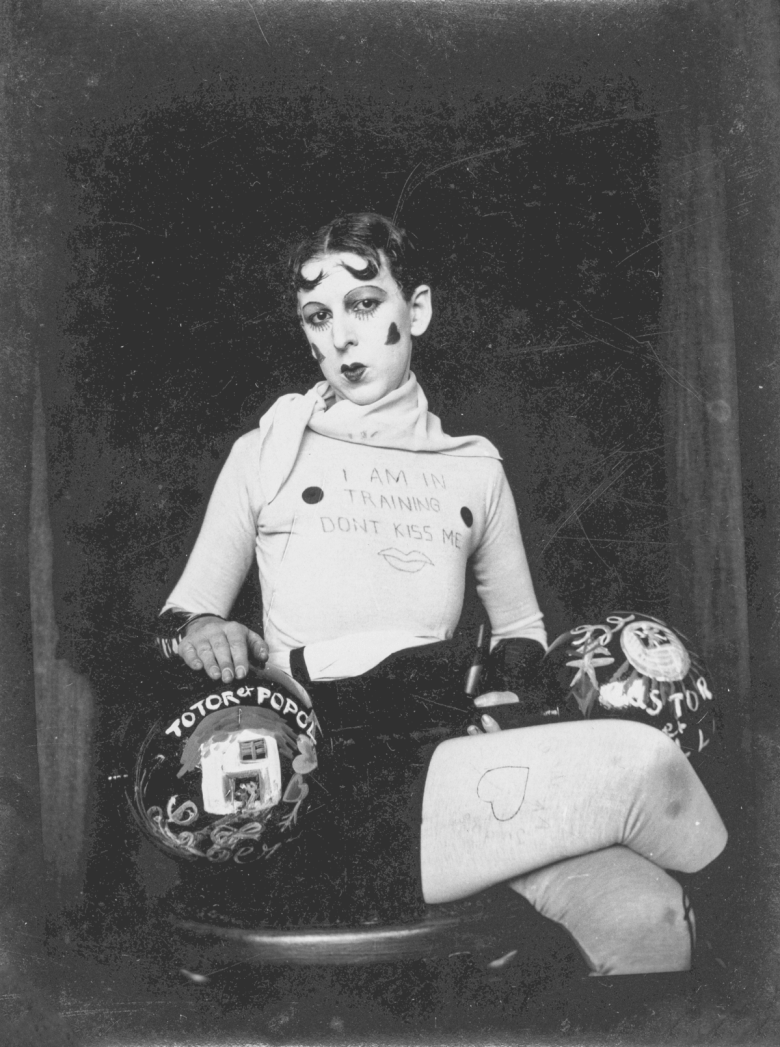Diarmuid Hester Distills Queer Longing

مرحباً بكم في موقع سواح هوست، نقدم لكم افضل الاجابات لجميع الأسئلة التي تبحثون عليها، وسوف نجيب عن سؤالك اليوم وهو Diarmuid Hester Distills Queer Longing ونتمنى من الله ان نقوم وفقنا في الإجابة عن السؤال.
اجابة السؤال Diarmuid Hester Distills Queer Longing
Diarmuid Hester Distills Queer Longing

It’s notable that solely on the finish of his e-book Nothing Ever Simply Disappears: Seven Hidden Queer Histories does Diarmuid Hester acknowledge that the textual content and his journey to write down it have been a pilgrimage all alongside. It brings to thoughts a quote attributed to John Bunyan, creator of The Pilgrim’s Progress (1678), traditionally one of the vital influential texts about religious wanderings: “It’s at all times exhausting to see the aim in wilderness wanderings till after they’re over.”
When the e-book begins, it claims a completely completely different sense of its function — to know “the elusive interconnections between queer sexuality and sure locations.” Within the introduction, Hester references the work of sociologist Japonica Brown-Saracino and her fascinating e-book, How Place Makes Us: Novel LBQ Identities in 4 Small Cities, which dives deeply into how her topics’ queer identities shift after they transfer from one metropolis to a different, a provocative discovering in US society particularly, the place our attachments to id might be fairly mounted and queerness is usually seen to be primarily formed internally.

That mentioned, there are hints early on that some deeper longing is at play within the textual content. When Hester visits the late Derek Jarman’s former cottage on a windswept outcropping of rock and scrubby vegetation alongside the southeast coast of England, he acknowledges that it features as “a sort of secular shrine.” Making my manner by way of the e-book, it felt like a literary strolling tour throughout fastidiously chosen corners of queer historical past. Over the pages, we roam from E. M. Forster’s contained life amid the stone partitions and personal gardens of Cambridge, England, to a cacophony of suffragettes taking the streets and sitting rooms of London, Josephine Baker’s arrival and ascendance in Paris, Claude Cahun rooting herself on the craggy island of Jersey off the northwest coast of France, James Baldwin’s ultimate residence within the French countryside, Jack Smith mashing his manner by way of New York Metropolis, and eventually, Kevin Killian’s embrace of and by San Francisco.
Initially of the tour, anticipation and want palpate as Hester makes his manner by bike and on foot to an obscure nook of King’s School, Cambridge. You’ll be able to think about a dewy layer of sweat on his physique as he climbs the previous few stairs to the room the place author E. M. Forster dreamed up queer worlds. After which, because the door opens, he confronts an “unflattering fluorescent glare revealing an unremarkable room with municipal white partitions.” In a second of camp pique, Hester asserts his disappointment by referencing actress Vivien Leigh throwing herself round a room whereas enjoying Blanche DuBois within the 1951 movie adaptation of Tennessee Williams’ play A Streetcar Named Want.
The hope to stroll into the previous, or on the very least to the touch some small sliver of it; to discover a little bit of ephemera held by a favourite fairy, queen, or dyke; to run your fingers alongside it, breathe it in, and if nobody else is round, to move it throughout your lips or over your pores and skin, is very relatable — at the very least to this queer. To say a kinship, erotic, familial, or in any other case, is an impulse I’ve felt keenly myself and witnessed numerous instances in others as I’ve labored on queer historical past initiatives and spent hours as a volunteer welcoming individuals into the Lesbian Herstory Archives. I don’t suppose this impulse is exclusive to queer individuals, however the deep sense of lack, from historic gaslighting, from the precarity and obligatory elusiveness of so many who love and stay queerly, makes the looking and the discovering a lot extra charged.

That simultaneous craving and recognition is rarely so clear as within the ultimate chapter of Hester’s e-book, which appears like a sort of love letter to the creator Kevin Killian. Fairly than inducing a way that San Francisco formed Killian, it as a substitute means that Killian helped form the town. Within the ultimate interlude, Hester speaks of the poet bringing younger writers to the cemetery the place he himself can be interred after his dying in 2019. Killian did this with a view to join guests with Jack Spicer, a author he admired and whose work he hoped to protect by way of these introductions. On the finish of the chapter, Hester brings us into the columbarium the place each Spicer and Killian’s ashes are held, a parallel gesture of affection and devotion that speaks to Hester’s bigger mission of wandering as a type of connecting. That second evokes one other poignant thought, this time from Jack Halberstam’s The Queer Artwork of Failure: “the aim is to lose one’s manner, and certainly to be ready to lose a couple of’s manner.”
Nothing Ever Simply Disappears: Seven Hidden Queer Histories by Diarmuid Hester, printed by Pegasus Books, is obtainable on-line and in bookstores.

It’s notable that solely on the finish of his e-book Nothing Ever Simply Disappears: Seven Hidden Queer Histories does Diarmuid Hester acknowledge that the textual content and his journey to write down it have been a pilgrimage all alongside. It brings to thoughts a quote attributed to John Bunyan, creator of The Pilgrim’s Progress (1678), traditionally one of the vital influential texts about religious wanderings: “It’s at all times exhausting to see the aim in wilderness wanderings till after they’re over.”
When the e-book begins, it claims a completely completely different sense of its function — to know “the elusive interconnections between queer sexuality and sure locations.” Within the introduction, Hester references the work of sociologist Japonica Brown-Saracino and her fascinating e-book, How Place Makes Us: Novel LBQ Identities in 4 Small Cities, which dives deeply into how her topics’ queer identities shift after they transfer from one metropolis to a different, a provocative discovering in US society particularly, the place our attachments to id might be fairly mounted and queerness is usually seen to be primarily formed internally.

That mentioned, there are hints early on that some deeper longing is at play within the textual content. When Hester visits the late Derek Jarman’s former cottage on a windswept outcropping of rock and scrubby vegetation alongside the southeast coast of England, he acknowledges that it features as “a sort of secular shrine.” Making my manner by way of the e-book, it felt like a literary strolling tour throughout fastidiously chosen corners of queer historical past. Over the pages, we roam from E. M. Forster’s contained life amid the stone partitions and personal gardens of Cambridge, England, to a cacophony of suffragettes taking the streets and sitting rooms of London, Josephine Baker’s arrival and ascendance in Paris, Claude Cahun rooting herself on the craggy island of Jersey off the northwest coast of France, James Baldwin’s ultimate residence within the French countryside, Jack Smith mashing his manner by way of New York Metropolis, and eventually, Kevin Killian’s embrace of and by San Francisco.
Initially of the tour, anticipation and want palpate as Hester makes his manner by bike and on foot to an obscure nook of King’s School, Cambridge. You’ll be able to think about a dewy layer of sweat on his physique as he climbs the previous few stairs to the room the place author E. M. Forster dreamed up queer worlds. After which, because the door opens, he confronts an “unflattering fluorescent glare revealing an unremarkable room with municipal white partitions.” In a second of camp pique, Hester asserts his disappointment by referencing actress Vivien Leigh throwing herself round a room whereas enjoying Blanche DuBois within the 1951 movie adaptation of Tennessee Williams’ play A Streetcar Named Want.
The hope to stroll into the previous, or on the very least to the touch some small sliver of it; to discover a little bit of ephemera held by a favourite fairy, queen, or dyke; to run your fingers alongside it, breathe it in, and if nobody else is round, to move it throughout your lips or over your pores and skin, is very relatable — at the very least to this queer. To say a kinship, erotic, familial, or in any other case, is an impulse I’ve felt keenly myself and witnessed numerous instances in others as I’ve labored on queer historical past initiatives and spent hours as a volunteer welcoming individuals into the Lesbian Herstory Archives. I don’t suppose this impulse is exclusive to queer individuals, however the deep sense of lack, from historic gaslighting, from the precarity and obligatory elusiveness of so many who love and stay queerly, makes the looking and the discovering a lot extra charged.

That simultaneous craving and recognition is rarely so clear as within the ultimate chapter of Hester’s e-book, which appears like a sort of love letter to the creator Kevin Killian. Fairly than inducing a way that San Francisco formed Killian, it as a substitute means that Killian helped form the town. Within the ultimate interlude, Hester speaks of the poet bringing younger writers to the cemetery the place he himself can be interred after his dying in 2019. Killian did this with a view to join guests with Jack Spicer, a author he admired and whose work he hoped to protect by way of these introductions. On the finish of the chapter, Hester brings us into the columbarium the place each Spicer and Killian’s ashes are held, a parallel gesture of affection and devotion that speaks to Hester’s bigger mission of wandering as a type of connecting. That second evokes one other poignant thought, this time from Jack Halberstam’s The Queer Artwork of Failure: “the aim is to lose one’s manner, and certainly to be ready to lose a couple of’s manner.”

Nothing Ever Simply Disappears: Seven Hidden Queer Histories by Diarmuid Hester, printed by Pegasus Books, is obtainable on-line and in bookstores.
Source link
The post Diarmuid Hester Distills Queer Longing appeared first on My Blog.
وفي نهاية المقالة نتمنى ان نقوم قد قمنا بالإجابة عن السؤال Diarmuid Hester Distills Queer Longing بالطريقة الصحيحة واذا لم تستطع إجاد الاجابة التي تبحث عنها يرجى ترك تعليق وسوف نقوم بالرد عليك في اسرع وقت ممكن.



